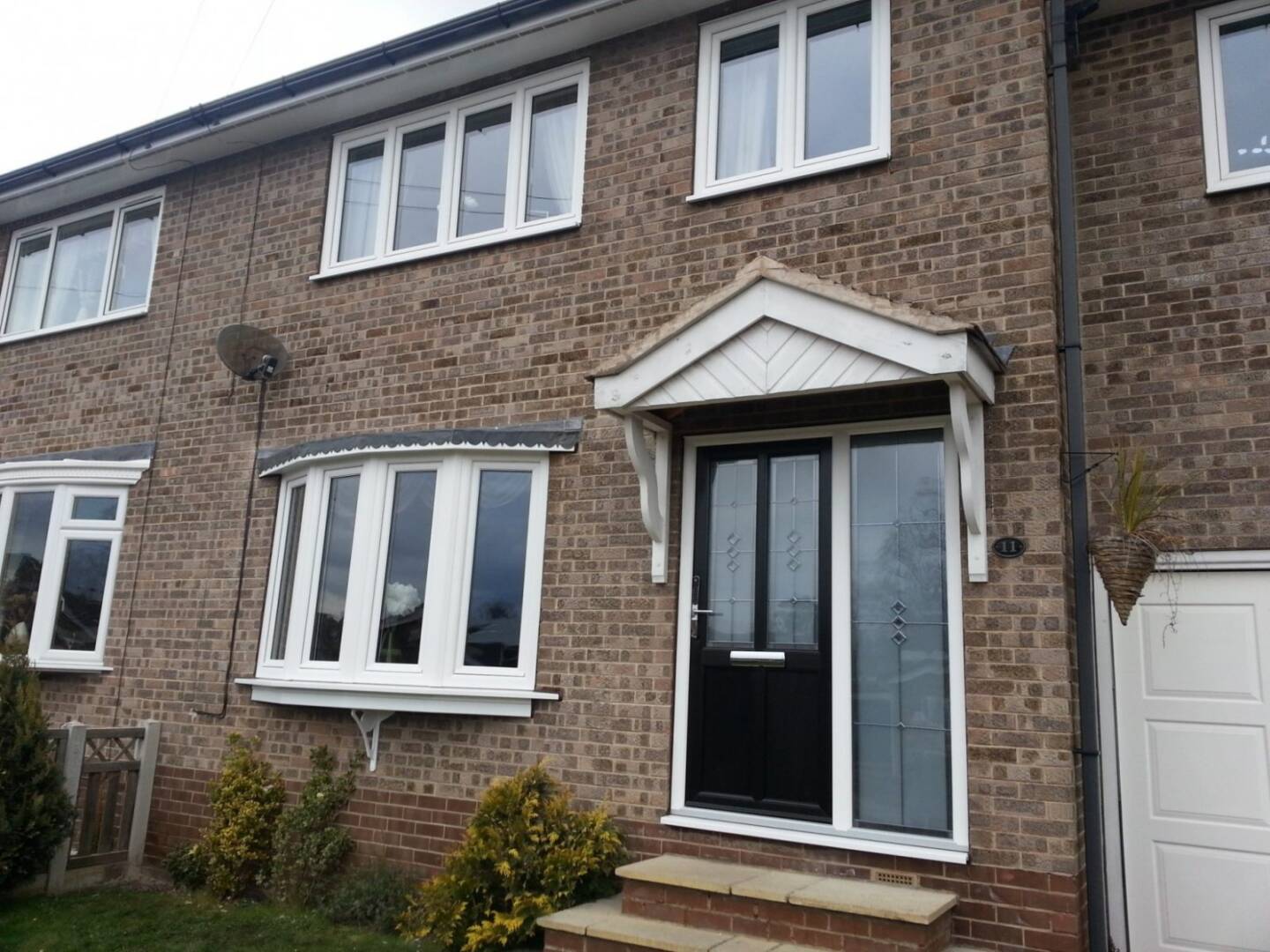This week is Paint Finishes and Guarantees.
Firstly, what I want to go through are the different paint finishing methods available from your fabricator. Aluminium can be supplied in a Wet Sprayed Paint (otherwise known as Stove Enamelling) finish or in the preferred method of Polyester Powder Coating (PPC).
On the whole, both methods give the same finish to the eye; however they are on the whole very different. The basic painting method for standard wet spraying is as it sounds; wet finish paint is directly sprayed onto extruded aluminium materials, and then is dried using an oven.
The main reason that some companies offer wet painted metal is that the process on the whole is much quicker and much more cost effective, As in life, you only get what you pay for as wet spraying can lead to a number of problems. Poor paint quality is regularly seen by poor painters, paint runs, blotches etc. Also, there is normally an uneven coating thickness, which can lead to colour (shade) differences. I don’t want to take anything away from painters in the industry who are of a higher pedigree, this is only from my experiences dealing with a few enamellers around the country. The main disadvantage I feel is the fact that the paint finish can be very easily damaged and scratched. This causes many issues for the fabricator, installer and end user, with the cost of touching up or repairing paint being very costly.
With the issues above in mind, it is of no surprise that Wet Painters and Enamellers only offer very short guarantees on their work, most commonly offering between 5-10 years on all coatings, this being reduced in extreme or marine (high salt) environments, if they will guarantee it at all.
Powder coating is a much more complex process; however the finished article is of a much higher quality and far more durable. Dry powder is applied to chemically or mechanically cleaned aluminium extrusions in either a vertical or horizontal method (depending on supplier). The metal must be free from all oils, dust and oxides as this can lead to powder binding and inclusions. The dry powder is electro-statically charged whilst it is applied to the metal bars, with the spray gun negatively charging the powder in the process. The bars are grounded so that the powder will statically bond itself to the extrusions.
Once the powder has been applied, again as with wet spraying, the bars are then baked in an oven to allow the PPC to cure into a skin around the extrusion. This is where the main benefit lies. This skin is far more durable than standard solvent based paints, and therefore much easier to work with. Less scratches and damages are reported as a result of this, from fabricator to end user.
Another benefit is that the finish is much more uniform in nature, resulting in a more even coating of paint. There are very few instances where there are colour or shading differences within the same or different bars within a colour batch. This also allows the finisher to offer different paint finished to their customers the fabricators. Industry standard for powder coating is around 50-60 microns in thickness, this finish is suitable for most environments, with most finishers offering a thickness increase to 90 microns for high salt or marine applications. This upgrade means that coaters will offer a standard guarantee of at least 10-15 years, with an uplift to 25+ years when the thicker finish is used in a standard environment. (please don’t let me confuse you though, this guarantee is JUST on the longevity of the paint finish, this has nothing to do with the operation or build quality of the window/doors supplied).
The downside of powder coating is the increased cost and lead times, with wet spraying taking 2-3 days where as PPC lead times can be 5-10 days, however I think you can see the fundamental differences between the two methods and which is the better.
Next is the range of colours available. As well as standard Matt, Semi-Gloss and Gloss, most fabricators will offer a range of colours from ranging from RAL to British standard colours, to custom mixes. Many systems companies will now offer their own range of specially mixed paints, which you can order profiles in; an example of this is the Smarts’ “Sensations” range of textured powder coating. As well as being highly resistant to corrosion and having a highly scratch resistant surface, the paint is also very attractive. It offers that next step up from standard powder coating.




Think you can get metallics now as well m8.And anodised of course.
I can compare it to getting your cars alloy wheels re-finished… You can have them painted which is cheap and there are usually several companies around you that can do it for you OR you can have it powder coated which requires going to a specialist company who might be a bit further afield and can be up to 50% more expensive… The difference is a powder coated finish lasts easily twice as long as the painted one and the finish quality is far more uniform and less reliant on the skill of the applicator. 1. You get what you… Read more »